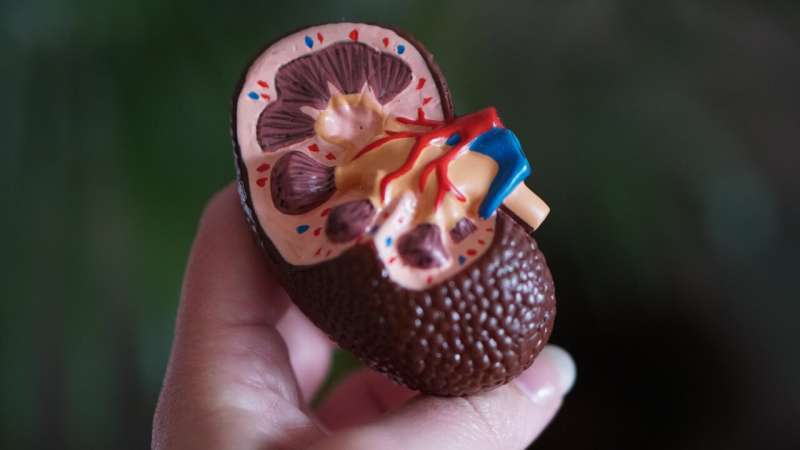Enhanced Treatment for Overactive Bladder: Magnetic Stimulation and Tibial Nerve Stimulation Outperform Bladder Training Alone

Studies show that magnetic stimulation and tibial nerve stimulation combined with bladder training significantly improve symptoms of overactive bladder in women, surpassing bladder training alone.
Recent research has demonstrated that combined therapies such as magnetic stimulation (MStim) and transcutaneous tibial nerve stimulation (TTNS), when added to bladder training (BT), offer superior relief for women suffering from idiopathic overactive bladder (iOAB) compared to bladder training alone. The study, published in the International Urogynecology Journal, involved 66 women randomly assigned to three treatment groups: BT only, MStim plus BT, and TTNS plus BT.
Participants in the stimulation groups underwent 12 sessions over a six-week period. The primary measure of success was a response rate of at least 50% reduction in incontinence episodes after six weeks. Results showed that the groups receiving stimulation (both MStim and TTNS) had significantly higher positive response rates—66.7% and 90.5%, respectively—compared to just 35% in the bladder training alone group.
Both stimulation methods led to notable improvements across various symptoms, including severity of incontinence, number of incontinence episodes, pad usage, symptom intensity, quality of life, and overall treatment satisfaction. Interestingly, there was no significant difference in outcomes between the two stimulation techniques, except that TTNS led to greater improvement in voiding frequency, indicating better control when compared to MStim.
The findings suggest that integrating magnetic or tibial nerve stimulation with conventional bladder training enhances treatment efficacy for women with iOAB, providing a promising alternative to standard therapies. While TTNS might have an edge in reducing voiding frequency, both methods prove beneficial for other key symptoms.
For more detailed information, see the study by Necmettin Yildiz et al., published in 2025, available at source. This research highlights the potential for non-invasive neuromodulation techniques to improve patient outcomes in overactive bladder management.
Stay Updated with Mia's Feed
Get the latest health & wellness insights delivered straight to your inbox.
Related Articles
Understanding Why Alcohol Policies Often Overlook Those at Highest Risk
Discover why alcohol policies often fail to protect the most at-risk populations and learn how social and structural factors influence alcohol-related harms across different communities.
Molecular Testing Steers Personalized Chemotherapy for Advanced Prostate Cancer Patients
New research demonstrates that tumor gene expression profiling can predict which advanced prostate cancer patients will benefit from chemotherapy, improving survival and reducing unwarranted side effects. Published in *Cell*, the study validates molecular testing as a powerful tool to personalize treatment strategies.
New Research Finds Mitochondrial Protein Misfolding Contributes to Type 2 Diabetes Progression
Research reveals that misfolded proteins accumulating in mitochondria contribute to beta cell death in type 2 diabetes, offering new therapeutic targets.
Altruistic Kidney Donation: Donors to Strangers Fare Just as Well as Those Donating to Loved Ones
Research shows that donors who give kidneys to strangers have outcomes comparable to those donating to loved ones, supporting the safety and ethical acceptance of non-directed altruistic kidney donations.



